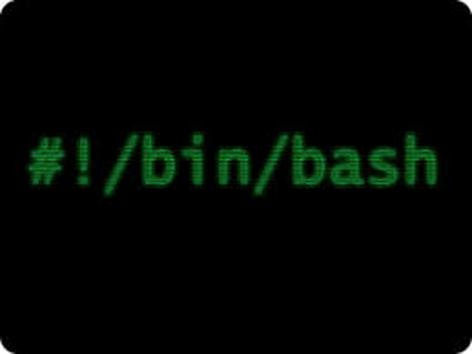Table of Contents
- Getting Started with Bash
- Essential Commands
- File Management
- Process Management
- Scripting Basics
- Useful Tips & Tricks
Getting Started with Bash
Bash is the shell language of choice for many, pre-installed on most Unix-like systems, including Linux and macOS. To check your Bash version, simply open a terminal and type:
bash --version
Essential Commands
Mastering these basic commands is the first step in your Bash journey.
# Command - Description
ls # Lists files and directories
cd # Changes the directory
pwd # Prints the current directory
echo # Outputs text to the console
cat # Displays file contents
mkdir # Creates a new directory
rm # Deletes files or directories
cp # Copies files or directories
mv # Moves or renames files or directories
File Management
File and directory manipulation is where Bash really shines. Here are some key commands for handling files:
# Listing Files by Size:
# This lists files in the current directory, sorted by size in human-readable format.
ls -lhS
# Finding Files:
find . -name "*.txt"
# This searches for all .txt files in the current directory and its subdirectories.
# Deleting Files Older Than 7 Days
# Useful for clearing out old log files or temporary files.
find /path/to/dir -type f -mtime +7 -exec rm {} \;
Process Management
Managing running processes is essential for understanding what’s happening on your system.
# List all running processes with detailed information.
ps aux
# Use grep to filter the output
ps aux | grep 12345
# Killing a Process by PID
# Replace <PID> with the Process ID. Use with caution.
kill -9 <PID>
Scripting Basics
With Bash, you can automate tasks using scripts. Here’s a quick look at creating and running a basic script:
# Create a New Script:
nano my_script.sh
# Add Basic Script:
#!/bin/bash
echo "Hello, World!"
# Make it Executable:
chmod +x my_script.sh
# Run the Script:
./my_script.sh
Variables and Loops
Bash variables make scripts more dynamic. Here’s an example using variables and a for loop:
#!/bin/bash
name="Developer"
for i in {1..5}; do
echo "Hello, $name! Count: $i"
done
Useful Tips & Tricks
These tips can enhance your Bash experience and productivity.
Use Ctrl + r to search through your command history, and !! to repeat the last command.
# Aliases let you create shortcuts for commands you use frequently.
# Add them to ~/.bashrc
alias ll='ls -la'
alias gs='git status'
# Remember to refresh the shell configuration by sourcing the file:
source ~/.bashrc
# You can redirect output of a command to a file:
echo "This will go to a file" > output.txt
# Append to an existing file using >>:
echo "This is appended" >> output.txt
# Use && and || for conditional execution:
mkdir my_directory && echo "success" || echo "fail"
That’s all for today. Happy scripting!
